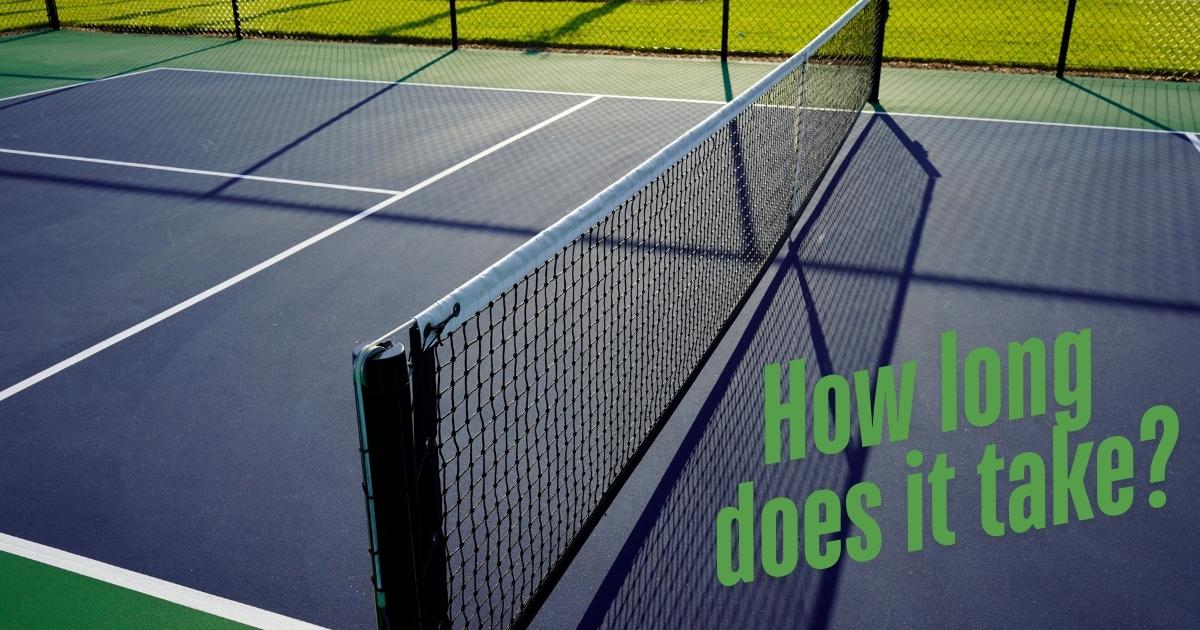
How Do Indoor and Outdoor Courts Differ?
When It Comes to Sports Surfaces, Not All Courts Are Created Equal
If you're thinking about installing a sports court in Kansas City, one of the first decisions you’ll need to make is whether it’s going to be indoor or outdoor. It might seem like a small choice, but trust us—it affects everything from performance to maintenance, cost, and even how long your court will last.
At Pro Courts Kansas City, we’ve installed hundreds of indoor and outdoor courts across the metro. So we know the ins and outs (pun intended) of what works best based on Kansas City’s climate, soil, and community needs.
In this article, we’ll break down the differences so you can feel confident in choosing the right setup for your home, school, or business.
Surface Materials: What’s Underfoot Really Matters

Indoor Courts
Indoor courts typically use hardwood (maple) for a smooth, professional-grade surface. Common features include:
Resilient flooring systems for better shock absorption
Protected from the elements, so less weather wear
Seamless playing experience for sports like basketball, volleyball, and futsal
Learn more about our indoor basketball court installations here.
Outdoor Courts
Outdoor surfaces are all about durability. They’re built with the elements in mind using:
Asphalt or concrete bases with acrylic or modular surfacing
UV-resistant coatings
Added texture for traction during rain or extreme heat
For a deeper dive, check out this external guide on outdoor court surface types.
Construction Process: What's Involved?

Indoor Court Construction
Requires an existing building or facility
Additional steps like subfloor installation, vapor barriers, and wall padding
More regulated conditions = longer-lasting performance
Outdoor Court Construction
Typically involves land grading, proper drainage systems, and weather-proof surfacing
Ideal for backyards, driveways, schools, and parks
Faster installation time and more budget-friendly
Kansas City Weather Considerations
Kansas City weather throws a bit of everything at us—icy winters, humid summers, rainy springs, and windy falls. That means your court has to be ready for all four seasons.
Outdoor courts need UV protection, moisture sealing, and flexible coatings to expand and contract without cracking.
Indoor courts benefit from climate control but may need dehumidifiers to prevent wood warping during humid months.
Here’s a great weather guide for Kansas City seasonal climate if you want to see what your court might be up against.
Maintenance Requirements: What to Expect
Indoor Court Maintenance
Routine sweeping and mopping
Re-coating and refinishing every few years
HVAC checks to manage humidity
Outdoor Court Maintenance
Seasonal power washing
Repainting or resurfacing every 3–5 years
Clearing leaves, snow, and debris
Game Feel & Performance: Which Plays Better?
Indoor Courts
Consistent bounce and smoother footing
Fewer environmental variables (wind, sun, moisture)
Preferred for serious athletes or team practices
Outdoor Courts
Offers a more rugged, real-world challenge
Great for recreational games, community use, and casual play
May be slightly tougher on joints without cushioned surfaces
If you’re installing a pickleball court, for example, the surface choice drastically impacts gameplay.
Homeowners vs. Commercial Projects
Residential Use
Outdoor courts are more popular due to cost-effectiveness and space
Ideal for driveway basketball hoops, backyard pickleball, or family multi-sport courts
Commercial Use
Gyms, schools, and recreation centers usually go with indoor courts
Offers full weather protection and longer lifespan with higher usage rates
Check out our project gallery to see real builds:
View Our Work
Comparing Costs: Indoor vs. Outdoor
Need help budgeting? Our free quote gives you a no-strings-attached estimate.
FAQs About Indoor and Outdoor Courts
Q: Can outdoor courts be customized like indoor courts?
A: Absolutely! We offer custom court colors, logos, and game line combinations for both types.
Q: How long does it take to install a court in KC?
A: Most outdoor courts take 1–3 weeks, while indoor courts can take up to 6 depending on materials and space prep.
Q: Are there multi-sport options for indoor or outdoor?
A: Yes! Many clients choose multi-sport courts with basketball, tennis, volleyball, and pickleball lines.
Q: Does Pro Courts handle permits and zoning in Kansas City?
A: Yup, we help you navigate all the local codes and permits so you're not left in the dark.
Ready to Build? Let’s Get the Ball Rolling!
Choosing between an indoor or outdoor court doesn’t have to be a guessing game. With Pro Courts Kansas City, you're backed by local experts who’ve been building custom courts for years across neighborhoods, schools, and commercial facilities.
Get started with a free quote today, no commitment, just honest advice.
Call us or fill out our Contact Form
Explore all our services
Or check out some real Kansas City court projects for inspo!


